In 2024, despite significant technological advancements, many users still face challenges when it comes to LED lighting. This article explores 23 common issues that can arise, from technical malfunctions to user experience problems. We'll cover topics such as longevity, color accuracy, dimming performance, and the complexities of smart LED systems. Additionally, we'll provide troubleshooting tips and solutions to help you resolve these recurring problems effectively. Your LED lights might suddenly stop working due to several reasons, including overheating, power surges, faulty wiring, or simply reaching the end of their lifespan. Another possibility is an issue with the driver, which regulates the power supplied to the LEDs. Regular maintenance and ensuring a stable power supply can help prevent unexpected outages. Common issues with LED lighting include sudden outages, flickering, dimming problems, and color inconsistency. Other frequent concerns are power supply compatibility, heat dissipation, and premature failure, often caused by low-quality components or improper installation. Let's take a closer look at these issues and how to address them. Flickering LED lights can be caused by unstable power supplies, incompatible dimmer switches, or electrical system issues. This rapid on-and-off effect can be annoying and even trigger migraines or other health issues. To fix this, ensure your LED fixtures receive a steady voltage and are compatible with your dimming system. Too much brightness from LEDs can cause glare, headaches, and eye strain. Adjusting the lumen output or using diffusers can help reduce harsh light. Installing dimmers or choosing lower-lumen bulbs for specific spaces can also improve comfort. LEDs can generate heat, especially if they lack proper cooling. Overheating can damage internal components and shorten their lifespan. Ensure good airflow around your LED fixtures and follow manufacturer guidelines to avoid this problem. If your LED lights show the wrong color, it could be due to incorrect settings, faulty diodes, or manufacturing inconsistencies. Contact technical support to calibrate the color or replace defective units. Prolonged exposure to blue light from LEDs can affect sleep patterns and cause eye strain. Use LED bulbs with adjustable color temperatures or blue light filters, especially in the evening, to minimize these risks. LED buzzing often occurs when dimmer switches are not compatible with LED bulbs. Check that your dimmer is LED-compatible and ensure all connections are secure. Replacing faulty bulbs or fixtures may also help. Improper installation can lead to malfunctioning lights. Make sure to follow the manufacturer’s instructions carefully. If you're unsure, consult a professional or refer to guides on installing LED ceiling lights. While LEDs are efficient, they can emit UV and IR light. Choose high-quality LEDs that minimize these emissions to protect your eyes and overall health. Bad wiring can cause flickering, dimming, or even damage to your LED system. Ensure your wiring is compatible with LED requirements and installed by a professional. Complex circuits, like those in RGB LED strips, require careful planning. Improper setup can lead to inefficiency and poor performance. Seek expert advice or use detailed guides to ensure everything works smoothly. Loose wires can cause intermittent failures or even pose a fire hazard. Regularly check and tighten all connections to ensure safety and optimal performance. Selecting the right beam angle ensures effective lighting. A wrong angle can create glare or insufficient illumination. Choose the appropriate beam angle based on your lighting needs. Low-quality LEDs may fail prematurely. Invest in reputable brands and check warranty terms to ensure long-lasting performance. Dim LEDs can be due to non-dimmable bulbs used with PWM dimmers or low-quality products. Use dimmable bulbs and choose high-quality LEDs to maintain brightness. Not all incandescent fixtures are suitable for LEDs. Ensure compatibility before installation to avoid inefficiencies or damage. A low CRI can make colors appear washed out. Choose LEDs with a CRI of 80 or higher for better color accuracy. Using the wrong driver can cause performance issues. Always match the driver to the LED specifications to ensure proper function. A faulty driver can lead to flickering or total failure. Replace it with a high-quality, compatible driver to restore functionality. Improper dimmer settings can cause flickering. Use a high-quality, LED-compatible dimmer and follow installation guidelines. Loose bulbs can cause flickering or failure. Ensure they are securely fastened for a stable connection. Some LEDs cannot be dimmed. Ensure your dimmer switch is compatible with your LED bulbs to avoid this issue. LEDs can attract insects, especially those with a bright or natural spectrum. Use warmer-colored LEDs and reduce brightness to minimize this. Color variation between LEDs can occur due to different batches or aging. Purchase from the same batch and choose high-quality LEDs for consistent color over time. The main issue with LED lighting is flickering, which can be harmful to the eyes and cause discomfort. This can result from poor connections, faulty drivers, or incompatible dimmers. Resolving this issue is essential for a comfortable and efficient lighting environment. LEDs can fail due to factors like poor quality, incompatible drivers, or unstable power supplies. Ensuring proper installation and maintenance helps extend their lifespan. LEDs typically last between 25,000 to 50,000 hours, far exceeding traditional bulbs. However, issues like flickering or early failure can affect this lifespan. Understanding these common problems helps in maintaining optimal performance. Yes, some LED issues can be repaired, but complex problems may require replacement. Always consider warranty options and professional assistance before attempting repairs. The most common issue with LED lights is flickering, often caused by loose connections or incompatible dimmers. Identifying the root cause helps in resolving the problem effectively. Common LED failures include flickering, buzzing, and overheating. These issues highlight the importance of proper installation and regular maintenance for reliable performance. The future of LED lighting is focused on human-centric control, allowing users to customize lighting environments. Smart technology and advanced controllers will enable precise adjustments, enhancing comfort and efficiency. With a long lifespan and energy efficiency, LEDs offer significant cost savings. For more insights, read our guide on how much LED lights save per month. The failure rate of LEDs is generally around 3%, but can go up to 10% depending on the application. Proper installation and maintenance are key to minimizing this rate and ensuring reliable performance. Plastic Injection Machine Making,Plastic Machine ,Injection Machine ,Plasitc Molding Machine Taizhou Langshun Trade Co.,ltd , https://www.longthinmachinery.com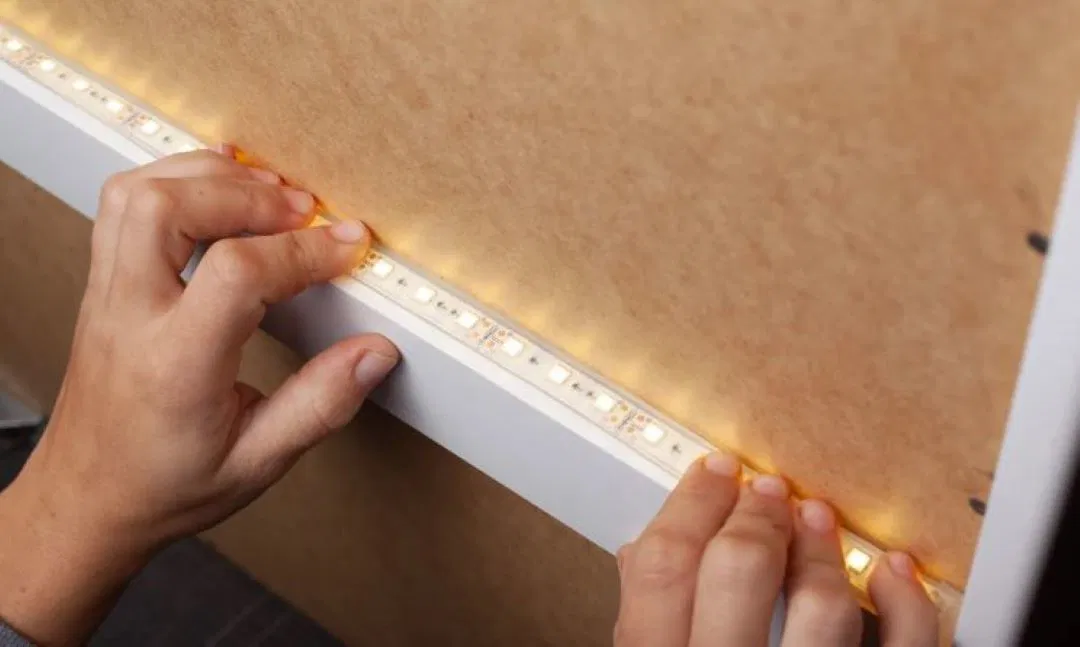
Why Did My LED Lights Stop Working All of a Sudden?
What Are the Common Problems with LED Lighting?
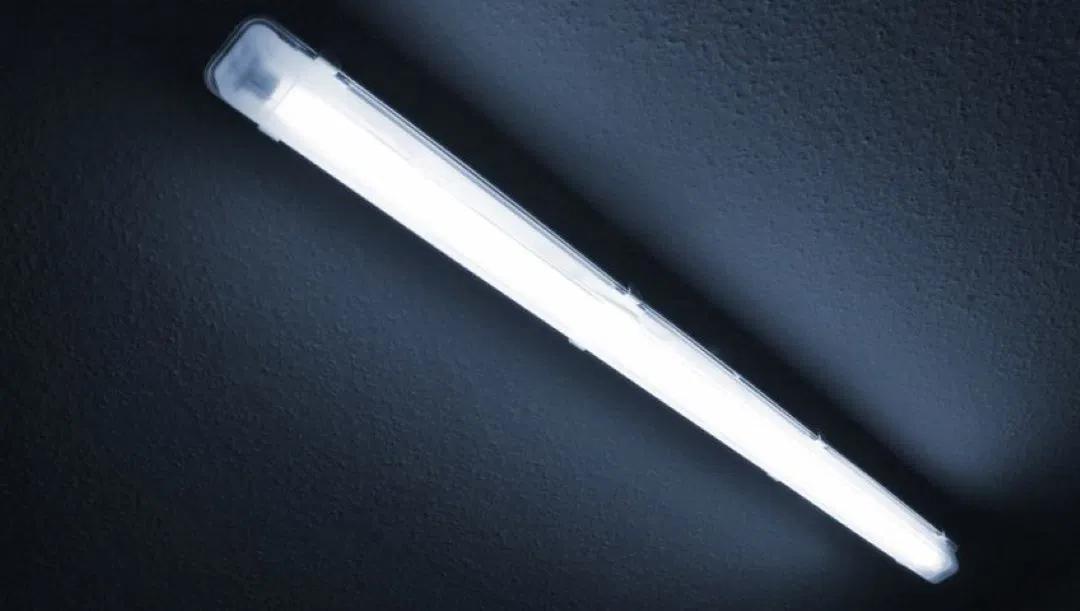
1. LED Light Flickering
2. Excessively Bright Light
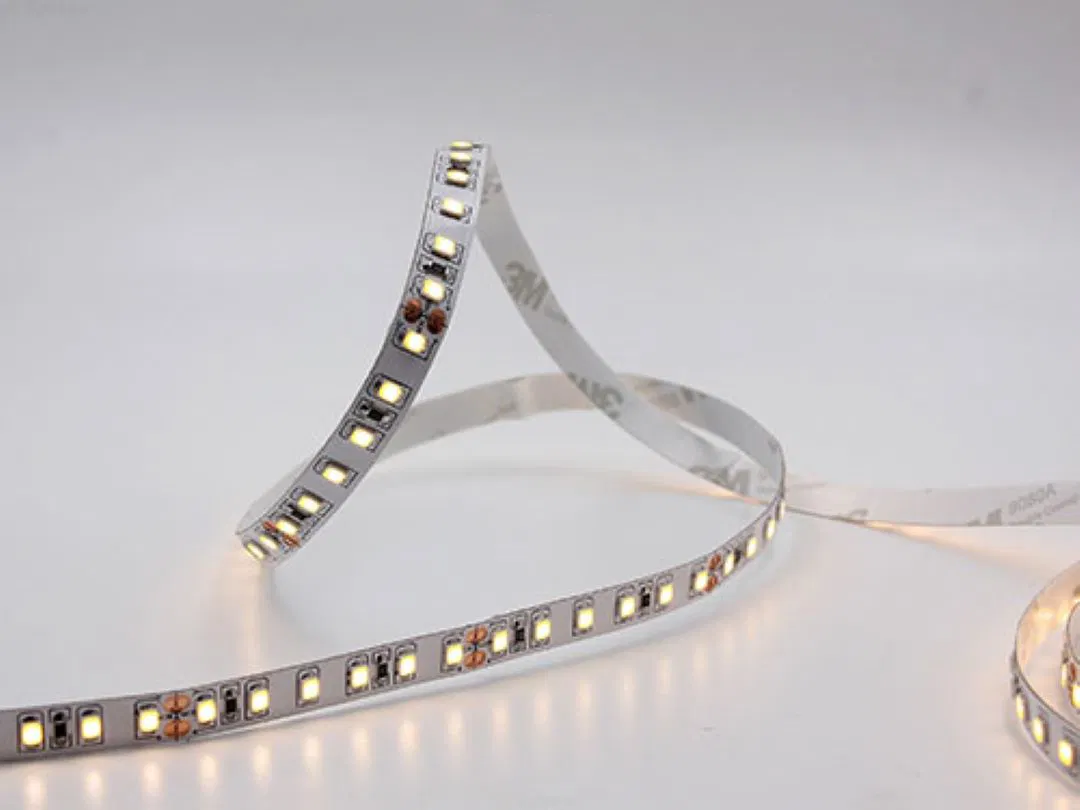
3. Overheating LED Lights
4. Incorrect LED Color Display
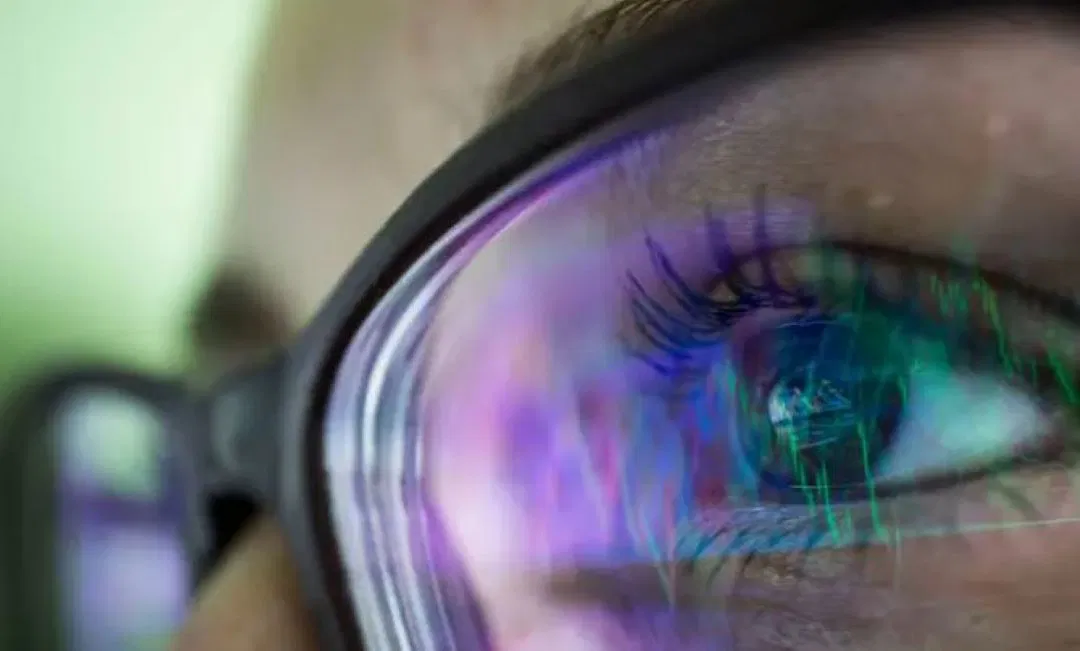
5. LED Blue Light Hazard
6. Buzzing or Humming Noise
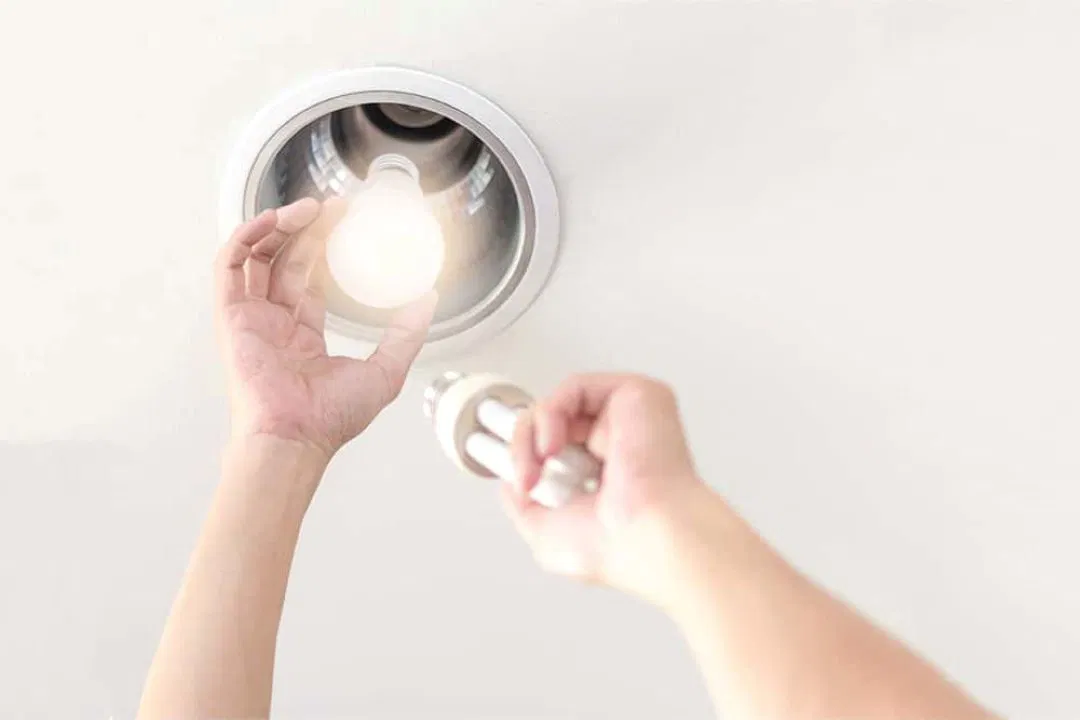
7. Incorrect Installation of LED Lights
8. UV and IR Emission from LED Lights
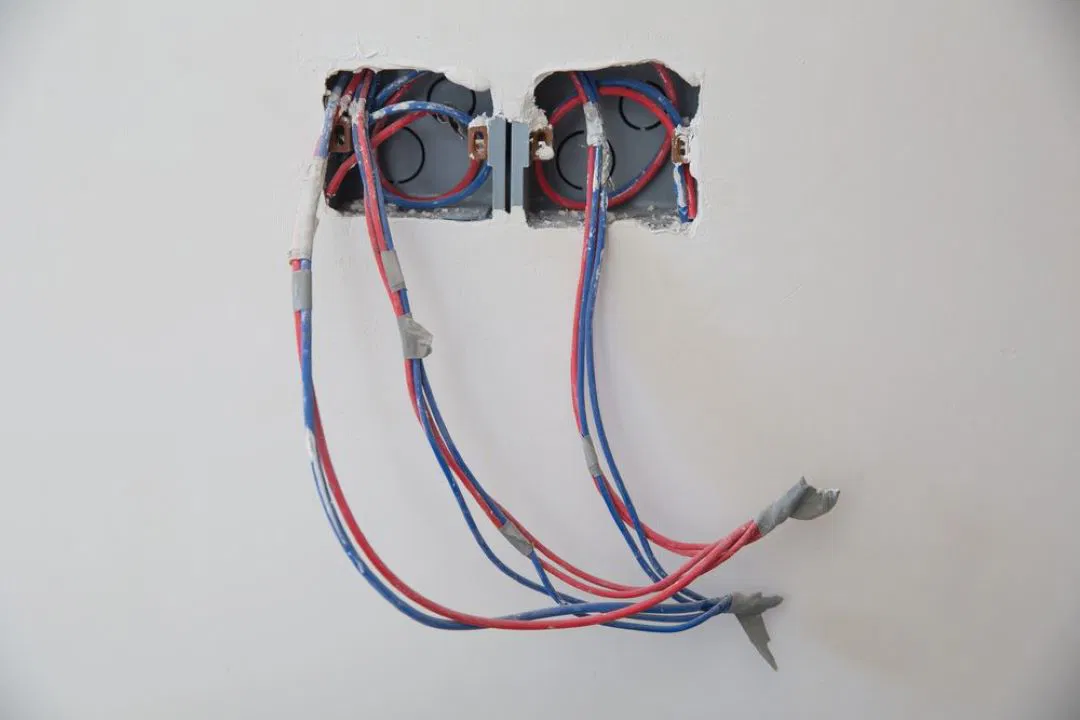
9. Poor Wiring
10. Complicated LED Circuits
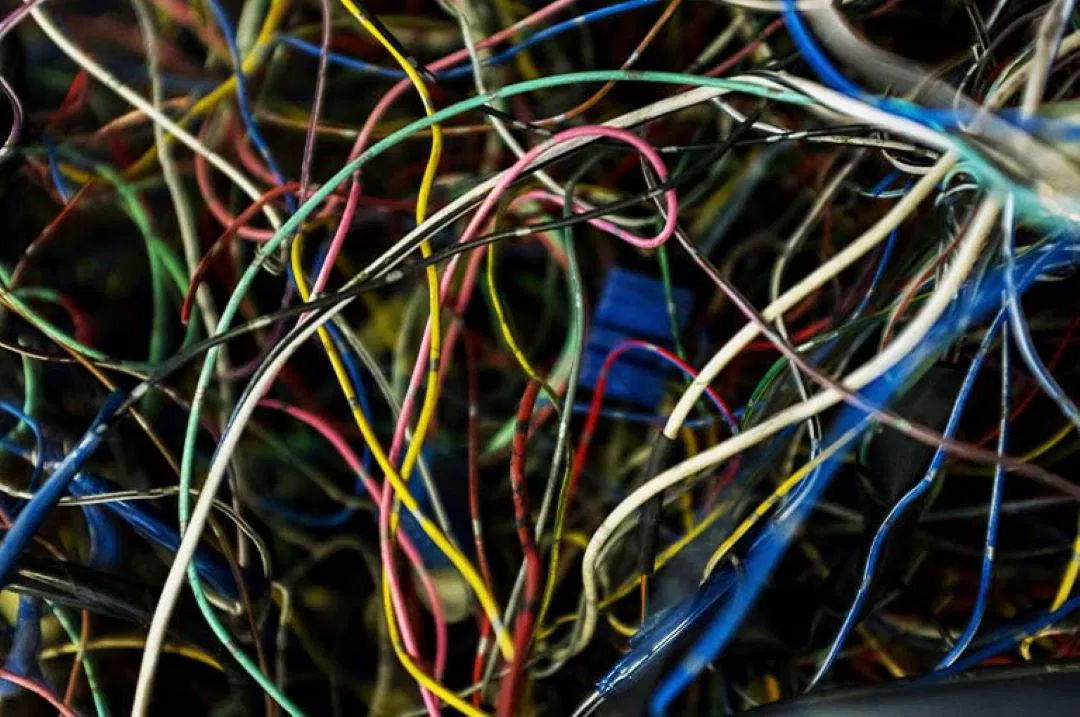
11. Loose Wire Connections
12. Wrong LED Beam Angle
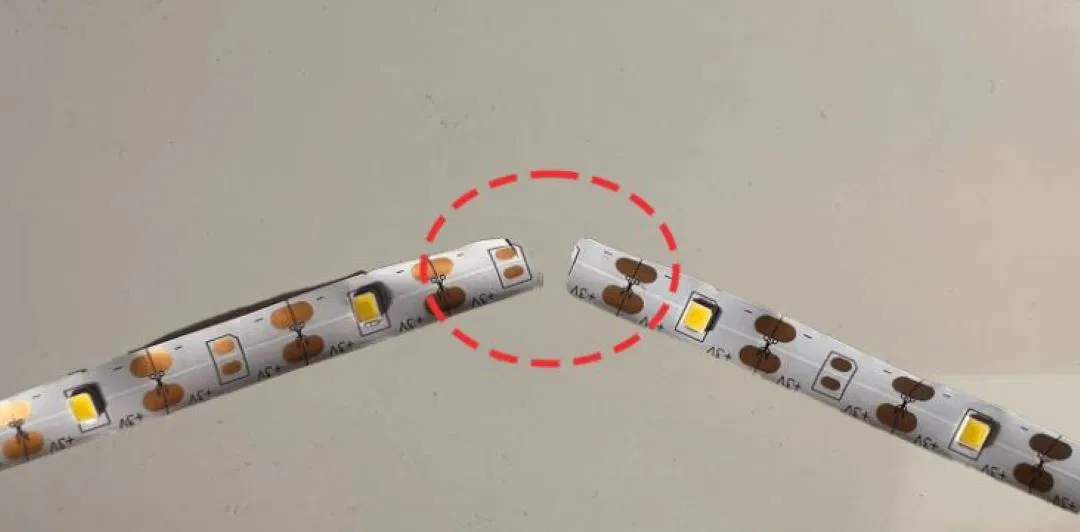
13. Early Failure of LED Lights
14. Excessively Dim LED Lights
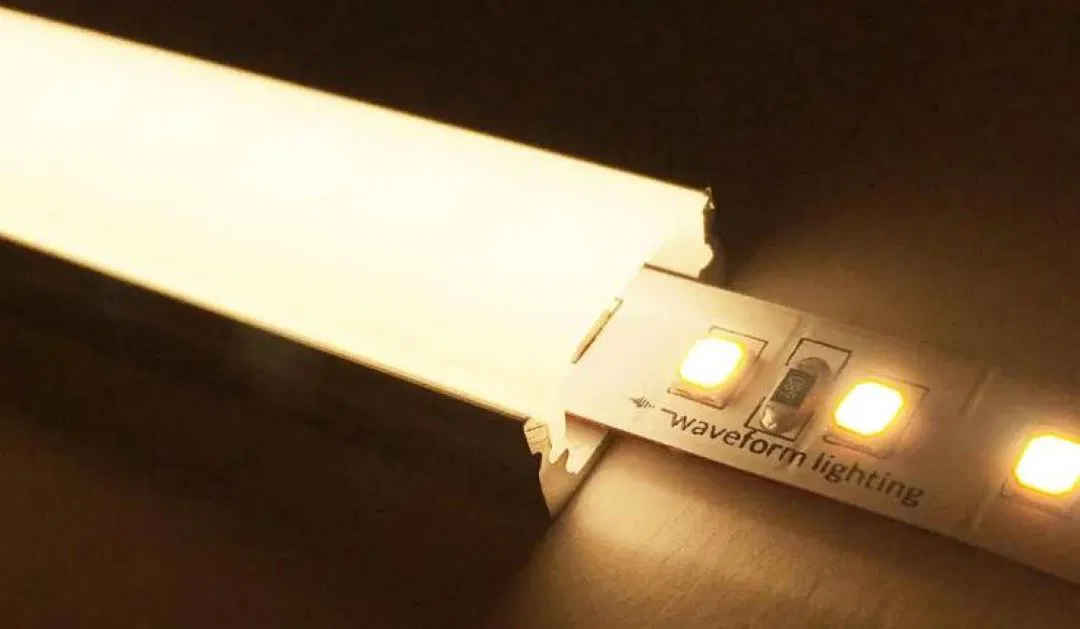
15. Using LED Lights in Incandescent Fixtures
16. Low Color Rendering Index (CRI)
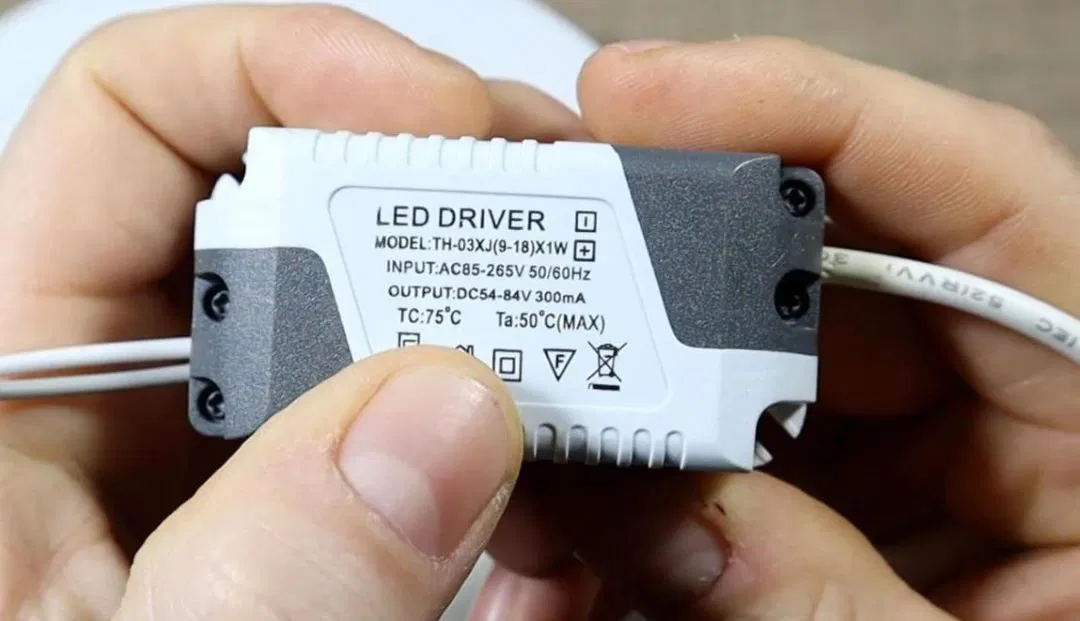
17. Incorrect Usage of LED Driver
18. Faulty LED Driver
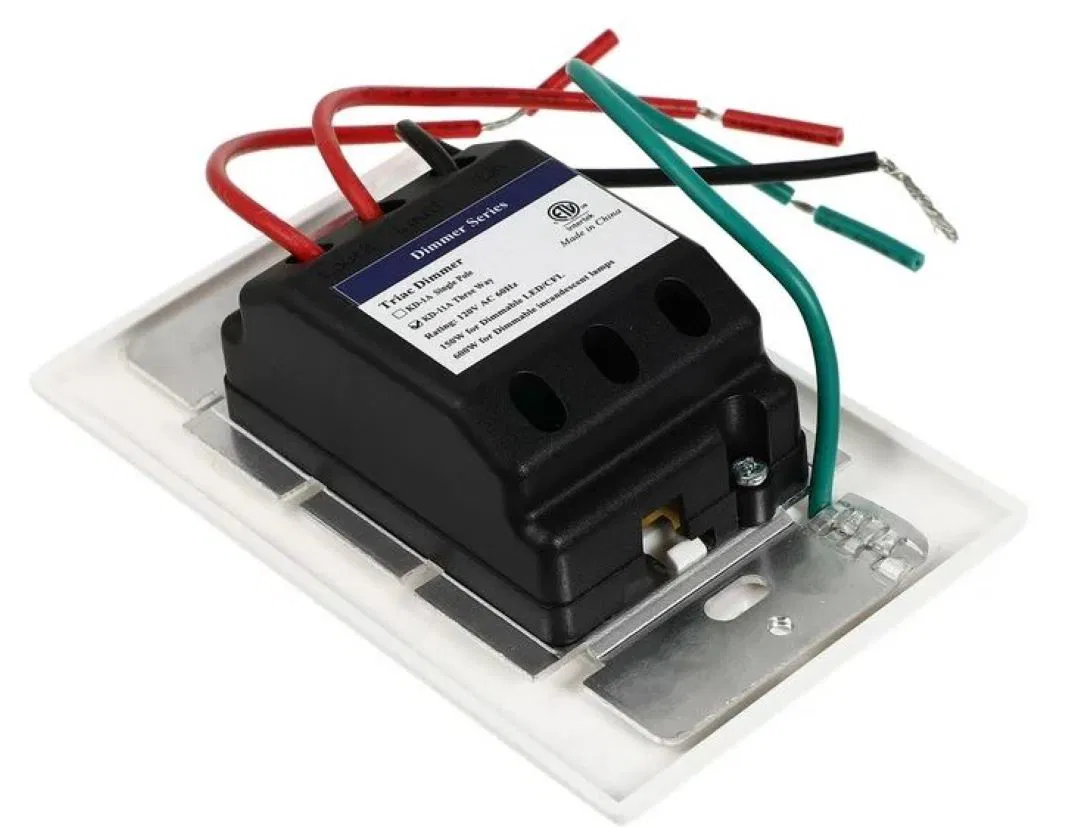
19. Incorrect LED Dimmer Settings
20. Loose Bulbs in LED Lights
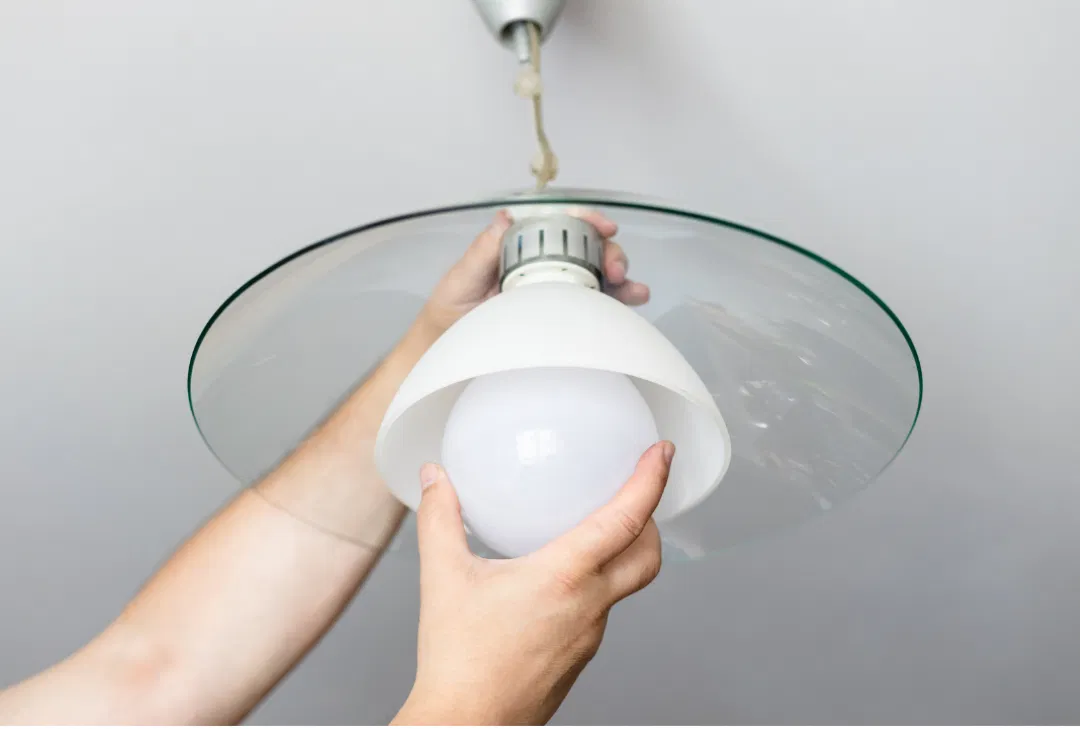
21. LED Dimming Does Not Work
22. LED Lights Attract Bugs
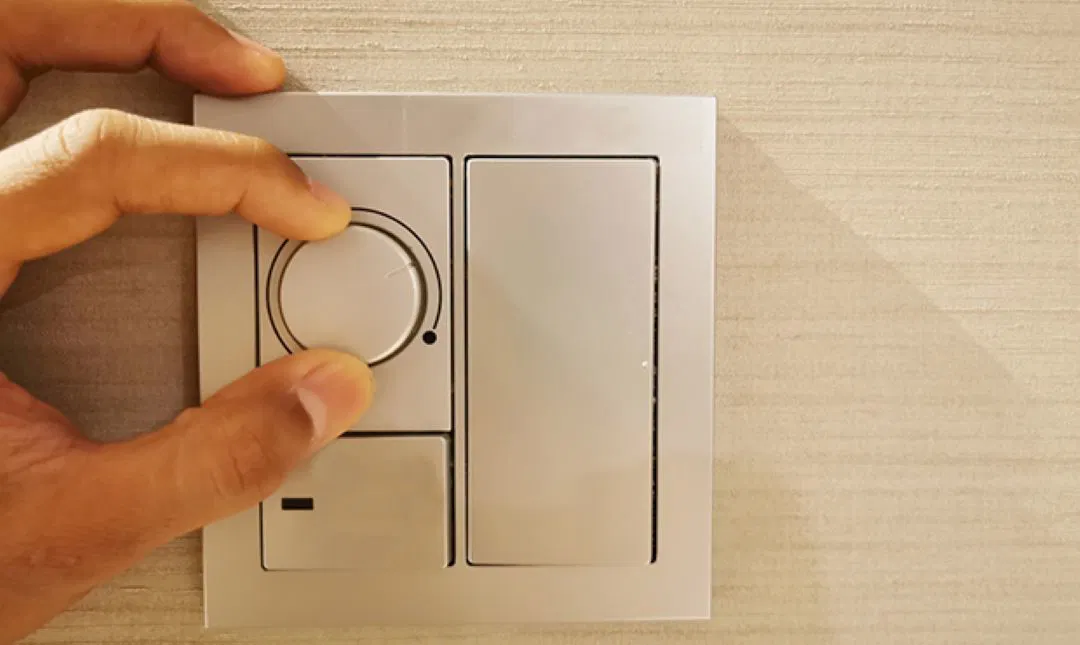
23. Color Inconsistency of LED Lights
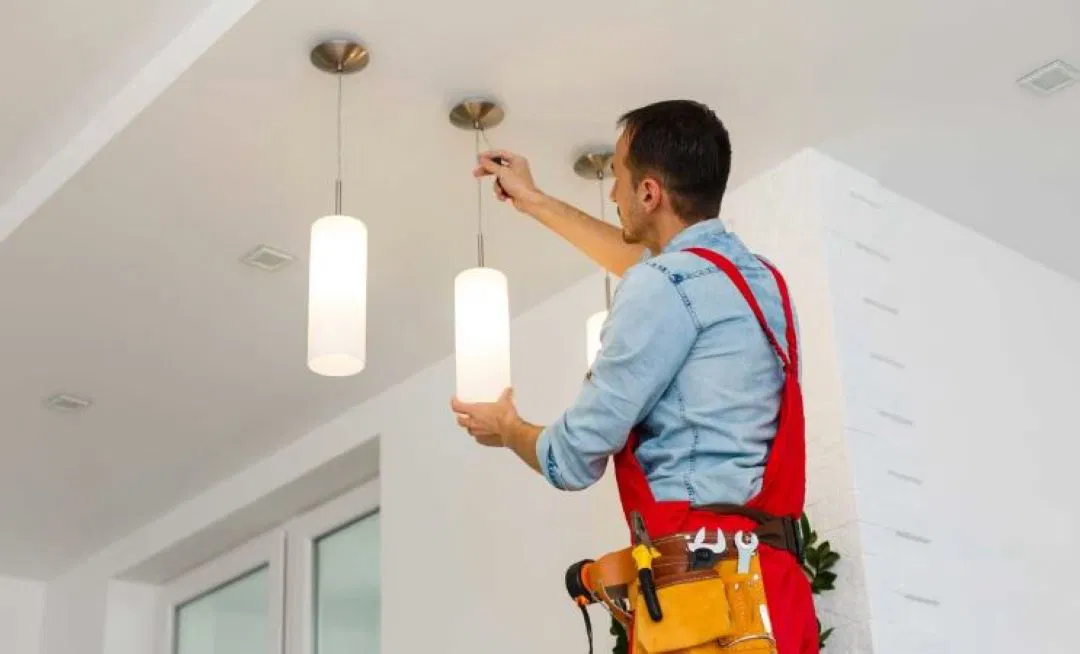
What Is the Problem with LED Lighting?
Why Do LED Lights Fail So Often?

How Long Do LED Lights Last?
Can You Repair LED Lights?
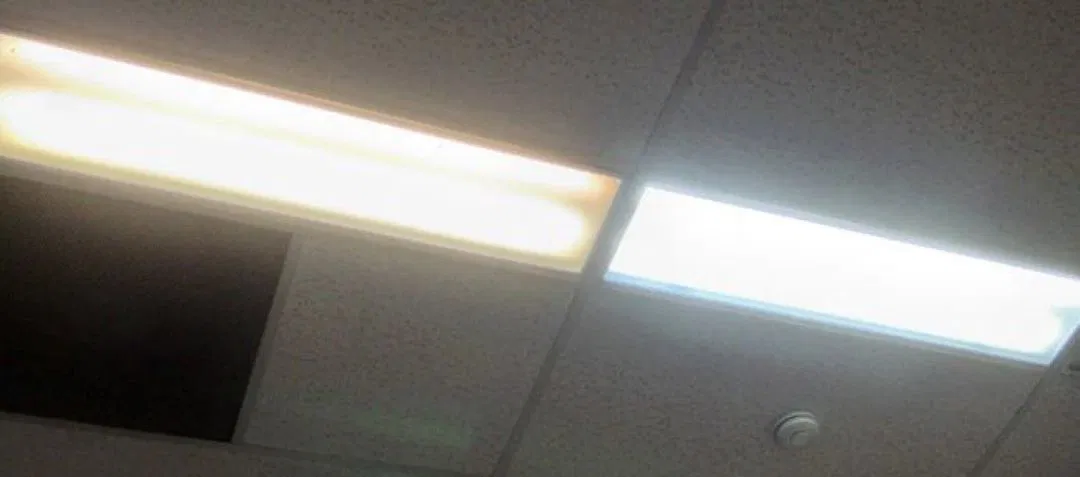
What Is the Common Problem with LED Lights?
What Are the Common LED Failures?
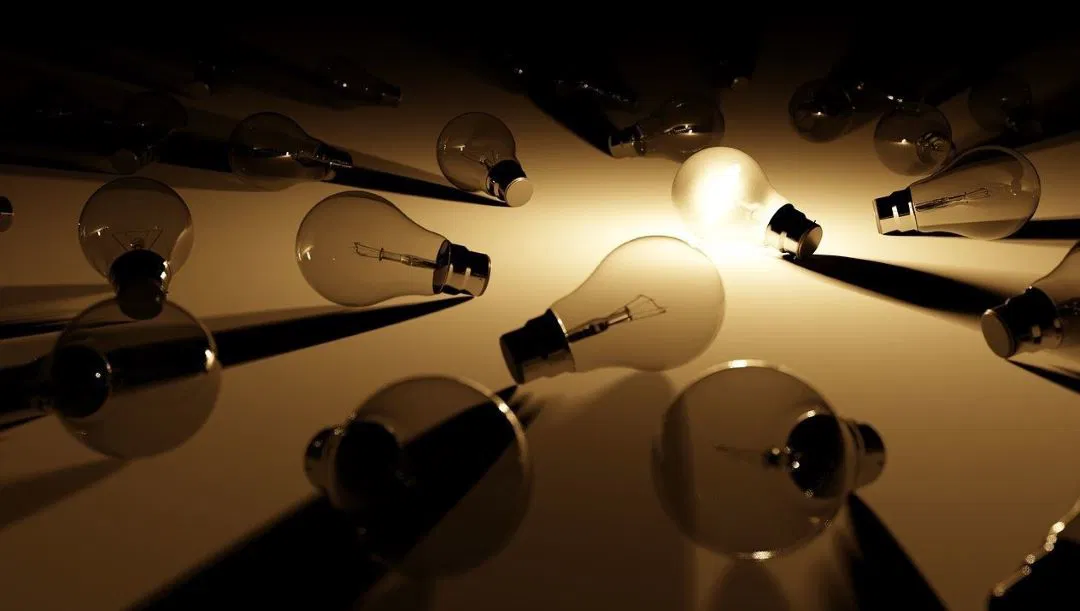
What Is the Future of LED Lighting?
What Is the Failure Rate of LEDs?